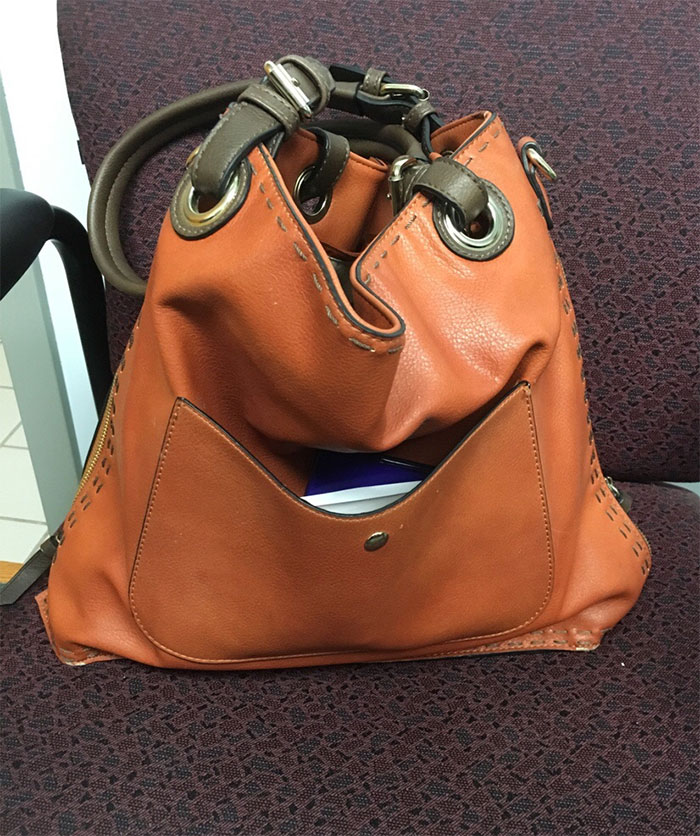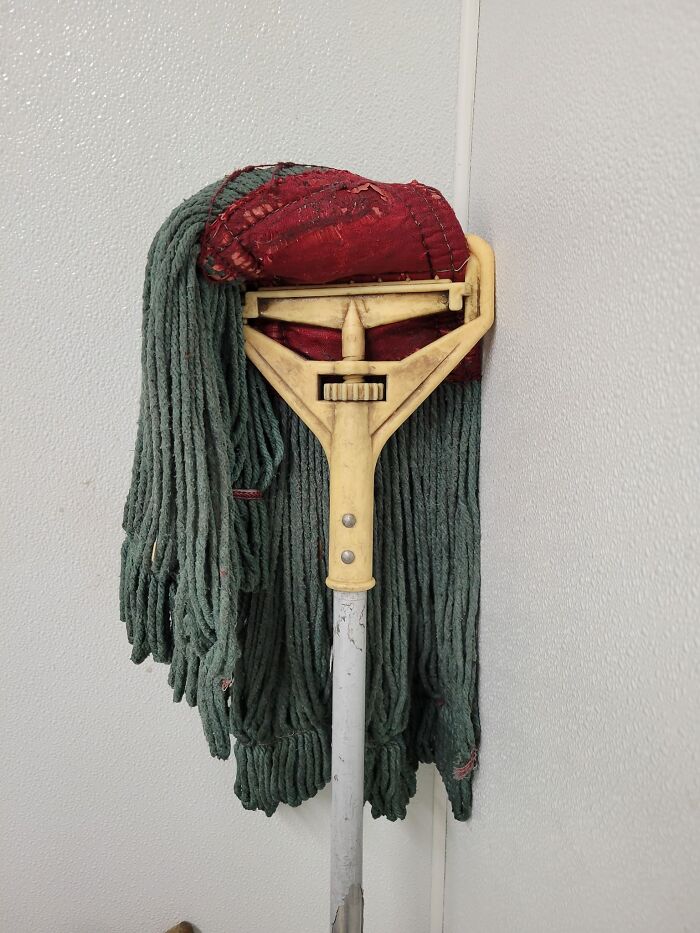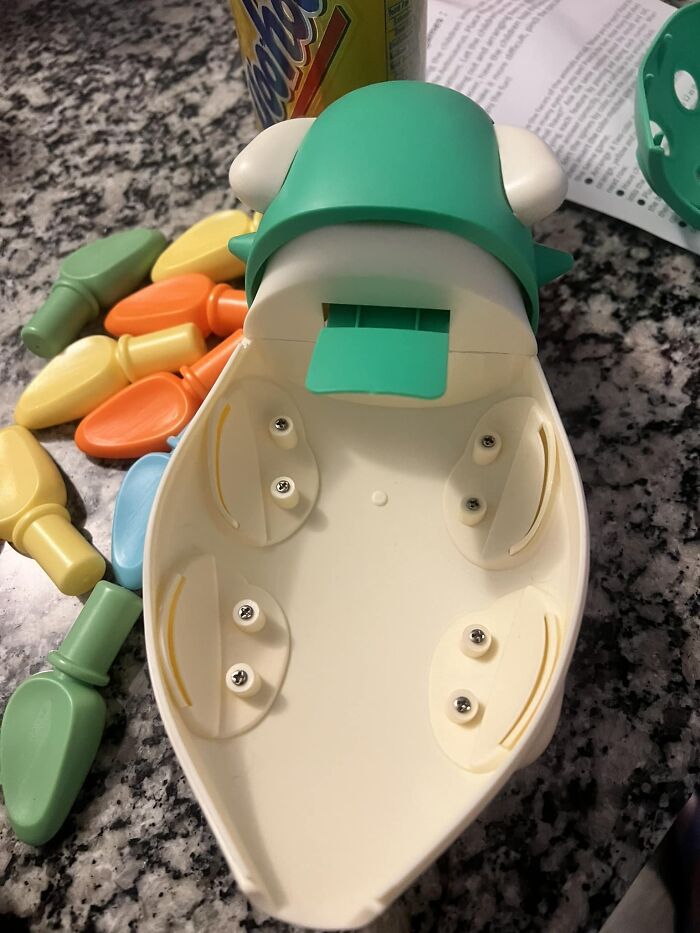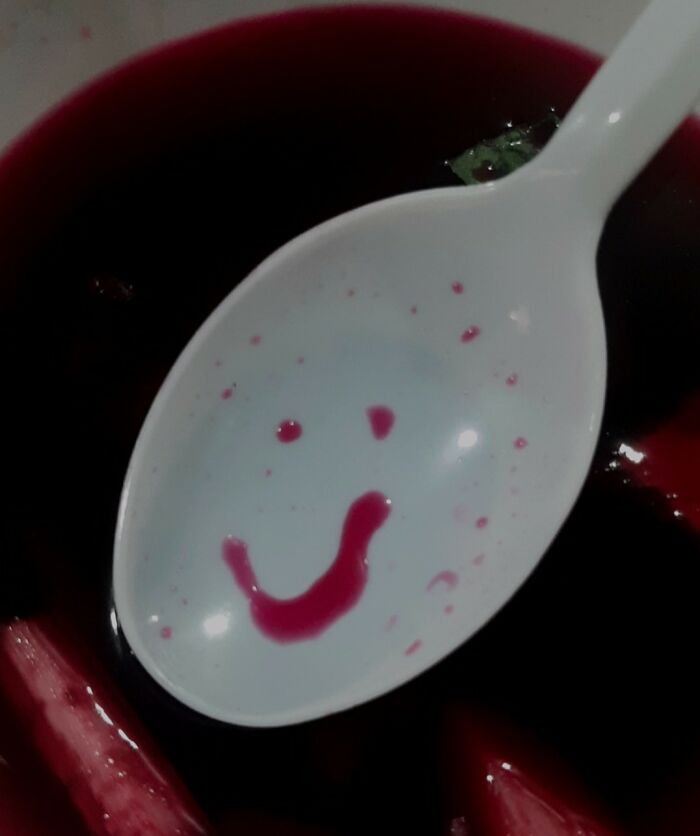
30 Times People Spotted A Face In An Everyday Thing And Just Had To Share It In This Online Group
Plenty of us have been there—you see a loved one’s smile in the clouds, spot a dog’s face in the grain of a wooden wall… or see a creepy face peering at you from the shadows. No, you’re not being delusional or ‘crazy’—you just experienced a wonderfully interesting phenomenon that’s known as pareidolia. In short, it means that we see familiar objects or patterns in random objects.
And we’re not the only ones who think it’s awesome. The ‘Things With Faces’ Facebook group has been inviting people to share pareidolia photos for over a decade! Today, we’re featuring some of their best ones. Upvote your faves as you scroll down, dear Pandas, and be sure to join the group if you like their stuff. What’s the strangest case of pareidolia that you’ve ever experienced? Let us know in the comments.
The ‘Things With Faces’ Facebook group has been up and running since September 2012. That’s over 10 whole years of sharing pics of things that look like they have faces! Any online community that manages to not only survive but also thrive for so long deserves respect.
Bored Panda got in touch with the founder of the massively popular 'Things With Faces' group, Ville Hising, a graphic design specialist, and he was kind enough to answer a few of our questions. Read on for our full interview with him.
For some more jaw-dropping posts about pareidolia, check out Bored Panda's articles here, here, and here.
This post may include affiliate links.
Bored Panda was interested to learn a bit about the history of the 'Things With Faces' Facebook group.
"I work in graphic design and have always been a very visual person. I don’t remember exactly how my own 'infection' began, but once I started seeing faces in everyday objects, it was like a switch had turned on in my brain and I couldn’t turn it back off again," the founder of the page, Ville, shared with us.
"I posted stuff I found on my own Facebook feed every now and then, and after a while friends started sending their own findings to me. So I started the group together with my good friend David just to make our own feeds less cluttered. That was a decade ago and since then the group has grown exponentially."
Ville, the founder of the project, pointed out that even though 'Things With Faces' isn't the only such group to focus on pareidolia, they are the biggest, by far! And with size comes even more attention and popularity.
"The size of our group makes it the first one Facebook recommends whenever you search for 'Things With Faces' or 'pareidolia.' But equally if not more important is that we’re the only group that actively tries to keep out memes and things that have been posted before," he noted what sets the entire community apart.
"That keeps the group somewhat fresh and personal. This couldn’t be done without a huge everyday effort from the admins and moderators of the group. With hundreds of posts daily, there’s another couple of hundred that are rejected or caught by our automated measures. Not everyone reads the rules, apparently," Ville praised his colleagues for helping keep the large community healthy and focused on original content.
AHHHHHHHHHHHHHHHHHcoughHHHHHHHHHHHHHHHHHHHHH
Load More Replies...Looks like the ads these days to make kids eat vegetables: EAT THEM TO DEFEAT THEM
"William S. Burroughs said that language is a virus and, in the same way, I believe that pareidolia spreads like a (hopefully benign) infection. Facebook and social media in general is the perfect hotbed for it. I don’t think the TikTok generation would catch on in the same way and it shows in our demographics."
Bored Panda also asked Ville about what he finds the most interesting about pareidolia as a phenomenon. Here's what he told us: "For me, the fascination with the phenomenon itself is perhaps that seeing a face in something like two screwheads and a fold in a metal plate is such a basic lizard brain response. We’re genetically coded to see patterns and find reason for them everywhere. It can be fun finding a hidden face during your daily commute or whatever—it can brighten your day just a little bit!"
Happy mushroom! (Once again, obviously doesn’t know it’s about to be eaten…)
At the time of writing, the community comprised 392.6k members, and it continues to grow. In the last week alone, 3.3k new social media users joined the group.
The beauty of this particular Facebook group is that it’s focused only on original content. Members are asked not to share “tired memes” that they “found elsewhere.”
“It's ok to post or repost photos that aren't your own but where you, yourself, have discovered a face,” the team running ‘Things With Faces’ adds. In short, memes aren’t okay, but original photos (whether yours or someone else’s) are fine. Don’t forget to give credit where it’s due, though.
Pretty much any online community asks its members to be civil toward one another. ‘Things With Faces’ is no exception.
“We're all in this together to create a welcoming environment. Let's treat everyone with respect. Healthy debates are natural, but kindness is required,” the administrators and moderators encourage everyone to be as courteous as they can.
This means avoiding degrading comments about others and starting up political discussions. “We don't care who you vote for, what color your skin is, or your sexual orientation. We only care about the awesome pictures of faces you find,” the team says.
What’s more, the photos you post ought to have faces hidden somewhere inside them. Other body parts don’t count! “We're not prudes—just stick to the theme.”
One of the most fascinating parts of pareidolia is just how widespread the phenomenon actually is. It’s directly related to our anatomy and our evolutionary journey.
Pareidolia is part of what helped our ancestors survive because we’d quickly pick out familiar patterns and faces from our surroundings. Even if they weren’t there.
Professor Kang Lee, from the University of Toronto, was kind enough to explain pareidolia to Bored Panda during an interview a while back.
"Pareidolia illustrates the interaction between the visual cortex and the frontal cortex of the human brain. It suggests that our brain is highly sensitive and expecting to encounter and process some special classes of objects in our environment because they are biological and socially important to our adaptions to the environment," he said.
"For example, when you are walking in a dark street in the evening, your brain is on high alert to detect whether any threat will jump out any moment. In this case, you are more likely to have face or human pareidolia because it is important for you to err on the side of caution if you mistake a tree as a human being,” the professor told Bored Panda earlier.
Usually, pareidolia occurs in ambiguous situations.
"However, for some people, their frontal cortex’s expectation for certain objects (e.g., faces) become so high that they see faces in many situations where no faces exist,” the professor added.
"Even in this kind of situation, it is normal. There is nothing wrong with these individuals. Pareidolia is different from paranoia or delusion or abnormal vision of individuals with psychosis. In fact, a recent study shows that those people with pareidolia tend to be more creative. Also, people who are religious may be able to see religious icons in non face objects as well,” the expert said.
The professor explained that pareidolia shows just how powerful our imaginations are when it comes to affecting our perception. Or, to be more technical, how the frontal cortex of our brains influences our visual cortex, in the occipital lobe.
“What we see are not things over there in the world but actually the co-creation of what is out there physically and what is in our mind mentally through our expectations and imaginations,” the professor told Bored Panda.
I love that there is a site where you can post things like these. I see them all the time!
There's this coat hanger at my work that actually looks like an alien sticking it's tongue out, this post reminded me of that
I love that there is a site where you can post things like these. I see them all the time!
There's this coat hanger at my work that actually looks like an alien sticking it's tongue out, this post reminded me of that

 Dark Mode
Dark Mode 

 No fees, cancel anytime
No fees, cancel anytime 























































































































































